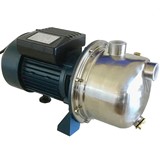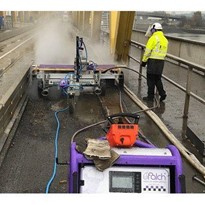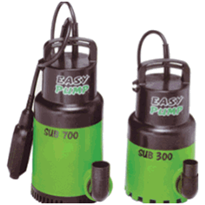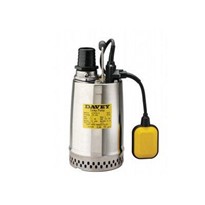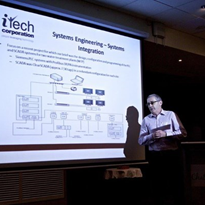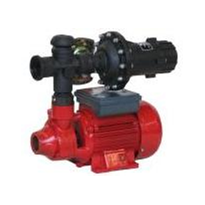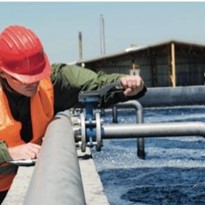1. Introduction
2. The Role of Automation in Water and Wastewater Management
- Challenges Faced by Water Utilities
- Benefits of Process Automation Solutions
3. The Rise of Water Privatisation and Its Implications
- Advantages of Water Privatisation
- Concerns and Criticisms
4. The Synergy between Water Privatisation and Automation
- Leveraging Automation in Privatised Water Systems
- Potential Impact on Social Equity and Access to Clean Water
5. Balancing Efficiency and Social Equity in Water Management
- Ensuring Inclusivity in Automated Water Systems
- Addressing Job Displacement Concerns
6. Policies for a Responsible Transition
- Incorporating Social Equity in Automation Implementation
- Collaborative Approaches for Equitable Water Management
7. Conclusion
Introduction
Water scarcity, increasing global populations, and climate change have elevated the value of water as a vital resource. To meet the growing demands for clean water while complying with stricter environmental regulations, water utilities are seeking innovative solutions. Digital process automation offers promising ways to enhance operational efficiency and resource optimisation in water and wastewater management. Simultaneously, water privatisation, the transfer of water supply and management from the public sector to private entities, has gained traction as a potential model for driving investment and improvement in water infrastructure. This blog explores the relationship between water privatisation, automation, and the critical challenge of ensuring social equity and access to clean water for all.
The Role of Automation in Water and Wastewater Management
Water utilities face numerous challenges in providing reliable and sustainable water services. These challenges include ensuring uninterrupted operations, maintaining compliance with stringent regulations, and improving energy efficiency and resource consumption. Automation solutions such as dataFLOW gateways and mobiLink from Softing Industrial Automation GmbH have emerged as valuable tools to tackle these challenges. These solutions enable seamless integration of field devices into control systems, simplifying data access, asset management, and water parameter monitoring, including flow, pressure, temperature, and microbiological composition.
The Rise of Water Privatisation and Its Implications
Water privatisation has been implemented in various regions globally, and proponents argue that it can lead to more efficient service delivery, increased investments, and improved infrastructure. Privatisation may create opportunities for automation adoption, as private entities often seek innovative technologies to optimise operations and achieve cost savings. However, critics express concerns over potential conflicts of interest, lack of transparency, and the potential to prioritise profit over equitable water access.
The Synergy between Water Privatisation and Automation
When automation is integrated into privatised water systems, the combination can offer compelling benefits. Automation streamlines processes, reduces operational costs, and enhances data-driven decision-making, all of which can contribute to improved water management. Automated systems can efficiently detect leaks, monitor water quality, and respond to emergencies promptly. In a privatised context, automation might be leveraged to optimise profits and service delivery, benefiting both providers and consumers.
Potential Impact on Social Equity and Access to Clean Water
As water privatisation and automation become more prevalent, the potential impact on social equity and access to clean water comes into focus. Concerns arise over the equitable distribution of resources and services, especially for disadvantaged communities. Historically marginalised areas may face challenges in accessing affordable, high-quality water services, further exacerbating existing disparities.
Balancing Efficiency and Social Equity in Water Management
To strike a balance between efficiency and social equity, it is crucial to ensure that the benefits of automation and privatisation are accessible to all communities. Automated systems must prioritise affordability, reliability, and inclusivity in service delivery. Additionally, addressing concerns about job displacement due to automation is essential to maintain a stable workforce and uphold workers’ rights.
Policies for a Responsible Transition
A responsible transition towards automation and privatisation requires comprehensive policies that safeguard social equity. Governments, water utilities, and private entities must collaborate to design and implement regulations that prioritise equitable access to clean water. Measures can include subsidisation programs, rate caps, and ensuring transparent and accountable governance.
Incorporating Social Equity in Automation Implementation
To incorporate social equity in automation implementation, stakeholders should conduct thorough impact assessments to identify vulnerable communities that may be disproportionately affected. Outreach and engagement with local communities can help address concerns and ensure that their needs are considered in the planning and decision-making process.
Collaborative Approaches for Equitable Water Management
Collaboration among public, private, and non-profit sectors is crucial for achieving equitable water management. Partnerships can drive innovation, funding, and knowledge exchange, leading to holistic and sustainable water solutions. Stakeholders must prioritise open communication and collaboration to build trust and create a shared vision for equitable water access.
Conclusion
Water privatisation and automation present opportunities to improve water management, but their success hinges on addressing social equity and access to clean water for all. By adopting a balanced approach that incorporates policies promoting inclusivity and collaborative efforts among stakeholders, we can harness the potential of these trends while safeguarding the fundamental human right to clean water.
Ti2 is currently very focused on working with its global partners to secure stock and avoid long delay times in delivering products to their customers. Together with our trusted partners, we are here to provide solutions for your needs.


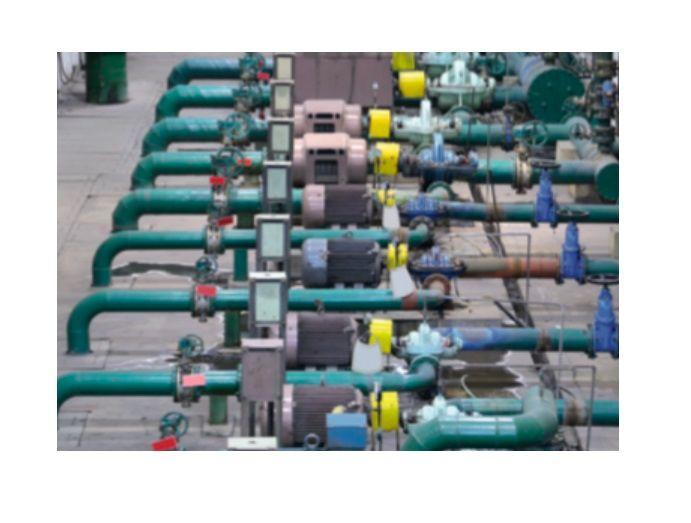



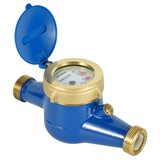




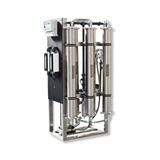
-160x160-state_article-rel-cat.png)
